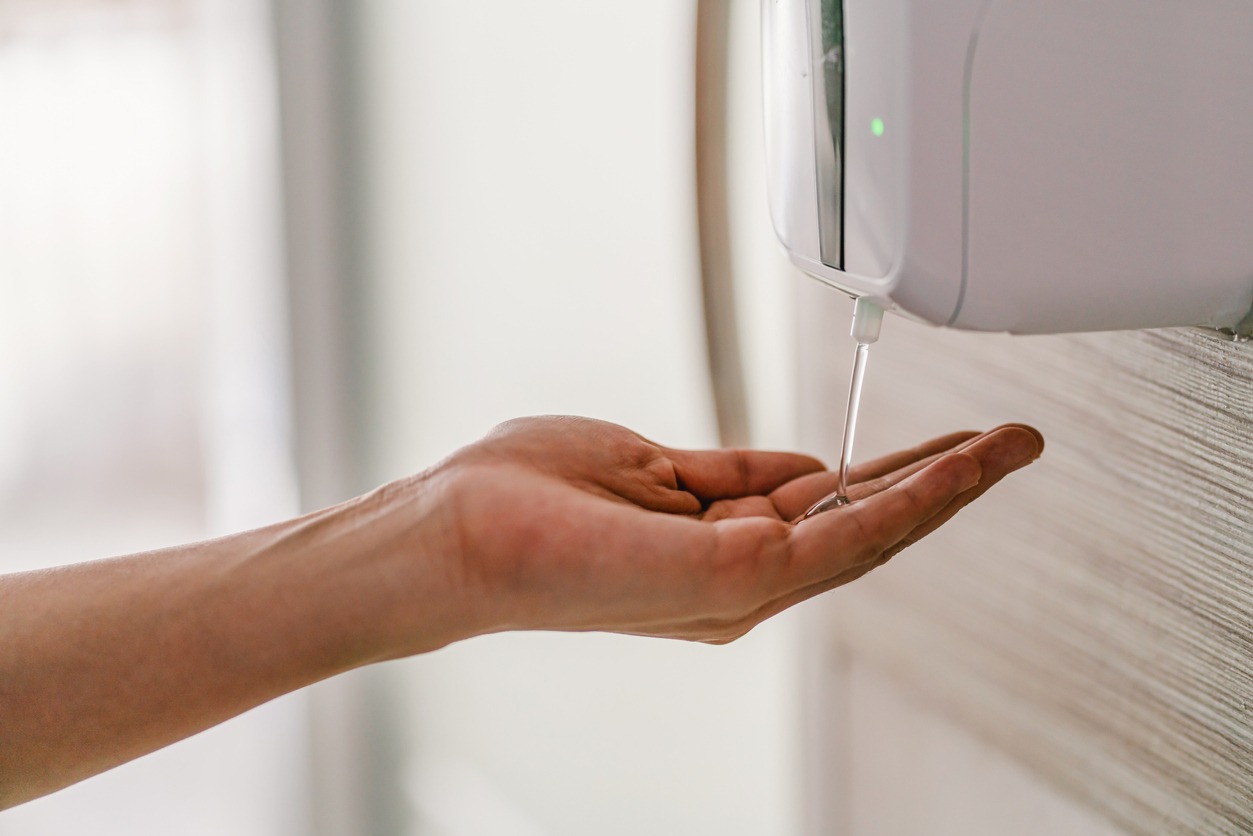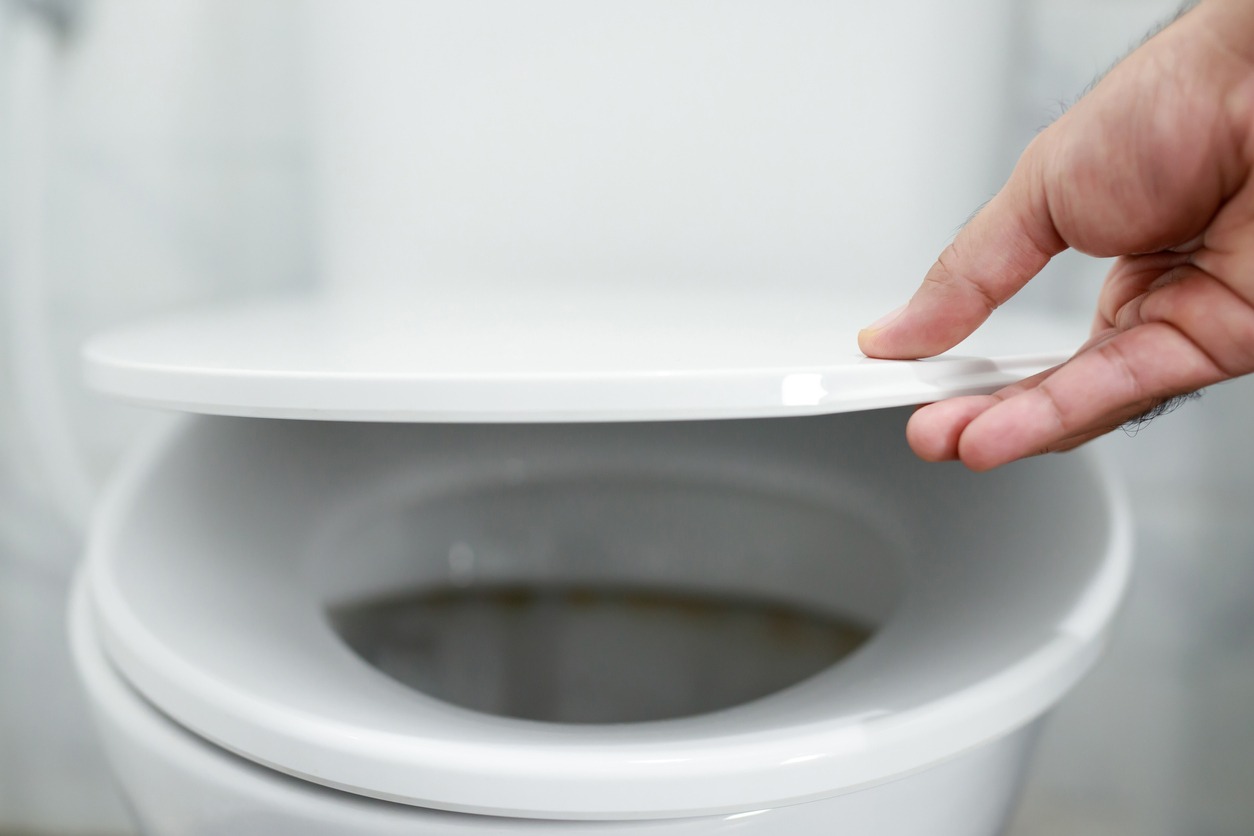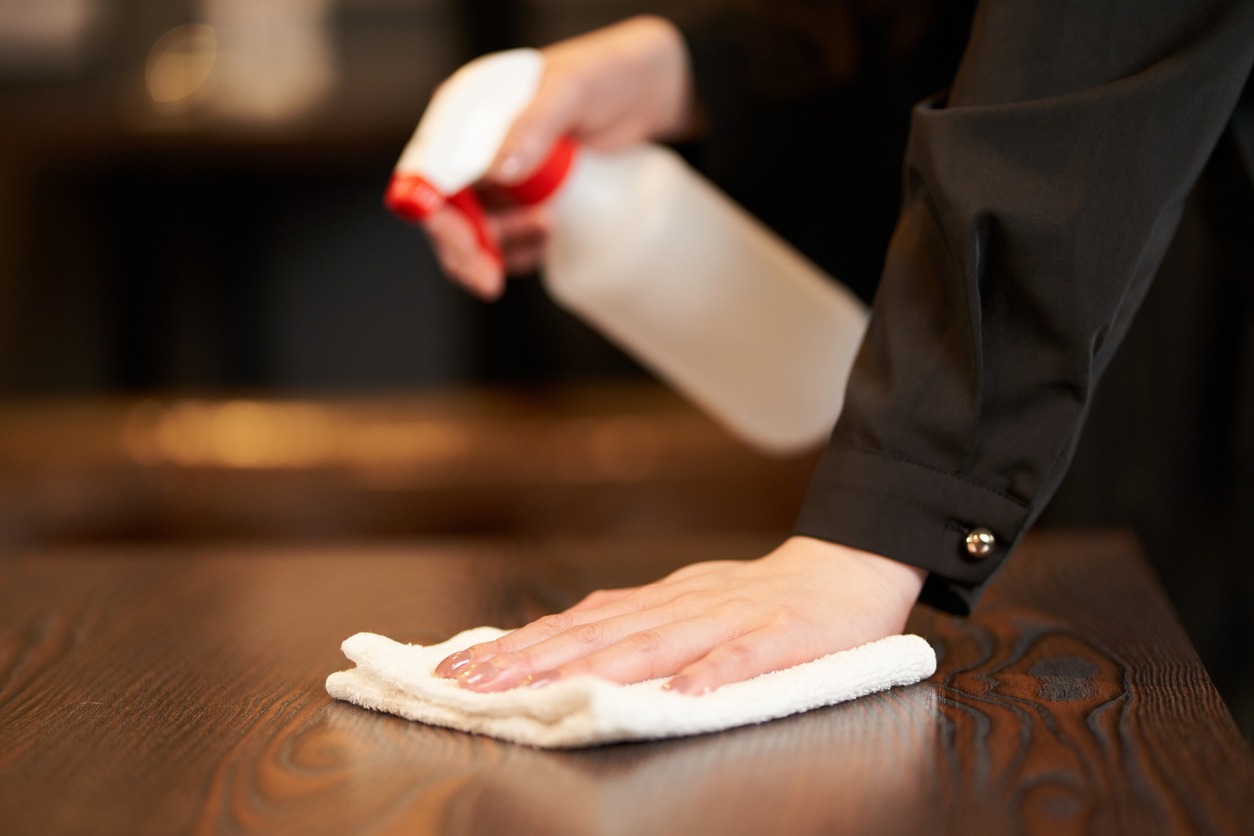In the event of an emergency, it is imperative that you and your family observe proper hygiene and sanitation practices to increase your chances of survival. If you fail to keep your home clean and maintain good hygiene, you run the risk of exposing yourself and your family to various illnesses.
In addition, maintaining a clean environment is essential during times of crisis, not only because it helps prevent the spread of disease but also because it boosts the morale of those living in your household. When the power is out, it is much more difficult to keep your home tidy than when it is on, because the vast majority of homes in the city lose access to their supply of running water. You also have to deal with the fact that there will be no water flowing through your pipes if the power outage lasts for an extended period. If there is a power disruption, the following are some options for managing sanitation.
1. Manual Toilet Flushing
Even if there is no running water available, it may still be possible to flush the toilet if you have a septic system. After the water level in the toilet’s tank has reached the float, you can flush the toilet by pulling the handle on the side of the tank. You also have the option of using a bucket to pour water directly into the toilet bowl, which will cause the toilet to flush on its own. If you have a sufficient water supply and the power outage is only temporary, this solution will suffice.
2. What to Do if There Isn’t a Flush Toilet?
If you do not have access to an adequate supply of water for flushing or to a system that can effectively remove human waste, you will need a strategy to deal with the situation.
5 Gallon Container
Getting a bucket with a capacity of 5 gallons and lining it twice with trash bags is one of your options. Install (and make use of) a comfortable toilet seat after you’ve attached it. After you have left your deposit in the bucket, you can cover up the odor by adding sawdust, kitty litter, or wood chips. If you so desired, a trace amount of bleach could also be included in the mixture. Put in new trash bags that are full. The fact that this toilet can be moved around is a significant benefit.
Personal Toilet
If you have a toilet that won’t flush, you can try lining it with a trash bag twice. To keep the bag from falling off the toilet, secure its edges with duct tape to make sure it stays put. To help absorb liquid and odors, some kitty litter can be added. When necessary, replace it. With this method, you will have the added benefit of having the sensation that you are using a conventional toilet. As an alternative to squatting in a pot off to the side, this could potentially boost morale.
Toilet That Composts
Composting toilets are something that might not pass muster with a landlord of an apartment complex, but gardeners who own their own homes might be interested in them. When there is a power outage, having something like this that doesn’t require any power or water to function could be a huge help because it would be one less thing to worry about. The plan is to first separate the liquid from the solid, then compost the solid, and finally use the composted material as fertilizer. The liquid is an excellent source of phosphorus and can be applied directly to the soil in the garden.
A Portable Latrine
To effectively absorb liquid and forestall accidents, diapers contain a powder that, once activated, transforms into a gel. In addition to this, the powder eliminates offensive odors and begins the process of decomposing solid waste. This has the potential to be an effective solution to the problem of liquid sanitation in the medium term. Backpackers also have the option of using waste bags that do not leave a trace instead of the toilet seat.
3. Use a Trash Bag to Line the Toilet
If you do not have enough water to flush the toilets, you will need to make other arrangements for the disposal of human waste. The good news is that you can continue to make use of the toilet that is currently installed. To begin, you will need to drain as much water as possible from the bow of the ship. Even though it’s gross, you have no choice but to carry it out. After that, give it a second lining with a trash bag. Attach the trash bag to the underside of the toilet seat using tape, and then allow the bag to fill the space inside the bowl until it is full.
To keep the odor under control, each user should be instructed to add kitty litter, wood ash, sawdust, or quicklime after each deed. When the bag has been stuffed to the extent that it contains two-thirds of the volume of the bowl, add more wood ash, cat litter, or any other disinfectant. Put the bag in a temporary trash container that can be sealed and keep it there until you can find a convenient time to throw it away. The bag should be secured with a strong knot.
How Can One Stay Clean When Water Is Scarce?
Keep in mind that you may not have access to running water, which would prevent you from taking a shower, brushing your teeth, or washing the counters.
1. Keeping One’s Body and Hands Clean
Hand sanitizer that contains alcohol is effective at eliminating germs but does not clean the dirt away. However, for the soap to work effectively, water is required. Baby wipes provide the perfect balance between convenience and cleanliness. While serving overseas, a significant number of Marines have become accustomed to cleaning themselves with baby wipes. Wipes for babies not only remove dirt but also leave behind a reviving sensation and provide cleaning agents. You can maintain your happiness and good health by giving the important parts of your body a quick wipe-down.
2. Cleaning Your Teeth
Do you have a sufficient supply of toothpaste, toothbrushes, and mouthwash at your disposal? You can continue to brush your teeth as you normally would, but you should rinse your mouth out with mouthwash instead. This will keep your mouth clean while also reducing the amount of water you need to drink. Baking soda can be used in place of toothpaste when you’re pressed for time.
3. Use Disposable Plates, Bowls, and Cutlery.
It is possible to reduce the amount of water required for cleaning by utilizing plastic cutlery (forks, spoons, and knives), as well as paper plates and bowls. While there is a disruption in the water supply, you will be able to use real utensils thanks to this. These one-time-use items may assist in providing a clean surface on which to place and eat your food, even though they are neither elegant nor environmentally friendly. In the meantime, it can assist in lowering water consumption, even though it is not a solution for the long term.
4. Use Paper Towels and Napkins
You probably already know how much more laundry you have to do if you use cloth napkins regularly. If there is a power disruption, it is recommended that you use paper towels to clean up any spills and wipe down any surfaces.
5. Use Bleach or Cleaners That Contain Bleach
One of the best cleaners and destructors of filthy and unsanitary items is bleach. Although the benefits of a sterile environment are debatable, chlorine bleach is the best option for kitchen counters because this is where food preparation takes place. Bleach wipes are a different choice; they can quickly clean the counter, floor, or toilet.
Maintaining a clean environment is essential, not only for the prevention of disease but also for your sense of well-being. It is possible to prevent the spread of bacteria by maintaining a clean living and cooking environment, which not only helps maintain a sense of dignity in times of emergency.


